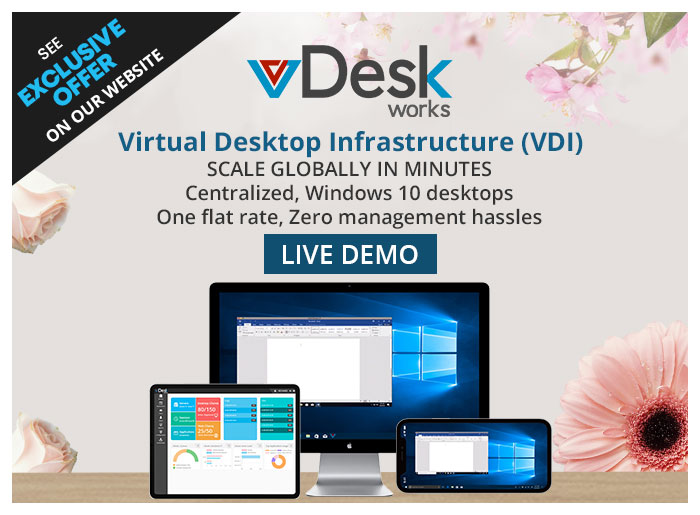The construction industry has long been synonymous with hard hats, heavy machinery, and blueprints. However, as the world evolves, so does the construction sector, embracing cutting-edge technology to streamline processes, enhance productivity, and improve project outcomes. In 2024, construction software is not just a tool but a transformative force, integrating trending technologies like AI, IoT, and cloud computing. Here’s a look at how construction software is revolutionizing the industry.

The construction industry has long been synonymous with hard hats, heavy machinery, and blueprints. However, as the world evolves, so does the construction sector, embracing cutting-edge technology to streamline processes, enhance productivity, and improve project outcomes. In 2024, construction software is not just a tool but a transformative force, integrating trending technologies like AI, IoT, and cloud computing. Here’s a look at how construction software is revolutionizing the industry.
The Rise of Construction Management Software
Construction management software (CMS) has become the backbone of modern construction projects. It offers a suite of tools that help in project planning, resource management, scheduling, budgeting, and communication. Leading CMS platforms like Procore, Buildertrend, and CoConstruct provide real-time collaboration, enabling stakeholders to stay connected and informed, reducing delays and improving efficiency.
Trending Technologies in Construction Software
- Artificial Intelligence (AI) and Machine Learning (ML)
- AI and ML are making waves in construction software reviews by predicting project risks, optimizing resource allocation, and enhancing safety measures. Predictive analytics can forecast potential project delays or cost overruns, allowing managers to take proactive measures.
- Building Information Modeling (BIM)
- BIM is a game-changer in the construction industry, offering a 3D model-based process that gives architecture, engineering, and construction professionals the insights and tools to plan, design, construct, and manage buildings more efficiently. BIM software like Autodesk Revit and ArchiCAD provides a digital representation of the physical and functional characteristics of a facility.
- Internet of Things (IoT)
- IoT devices are being integrated into construction sites to monitor equipment, track materials, and ensure worker safety. Sensors can collect data on equipment usage, predict maintenance needs, and reduce downtime. Wearables can monitor workers’ health and safety conditions in real time.
- Cloud Computing
- Cloud-based construction software solutions allow for seamless data access and storage, real-time updates, and remote collaboration. Platforms like Procore and Buildertrend leverage cloud technology to offer scalable solutions that grow with your business.
- Augmented Reality (AR) and Virtual Reality (VR)
- AR and VR are transforming how construction projects are visualized and executed. VR allows stakeholders to experience a project before it’s built, aiding in design and planning. AR can be used on-site to overlay digital information onto the physical environment, assisting with tasks like site inspections and assembly.
Benefits of Construction Software
- Enhanced Collaboration and Communication
- Construction projects often involve multiple stakeholders, including architects, engineers, contractors, and clients. Construction software facilitates better communication and collaboration, ensuring everyone is on the same page and reducing the risk of miscommunication.
- Improved Efficiency and Productivity
- Automated processes, real-time updates, and efficient resource management help in completing projects on time and within budget. This leads to improved productivity and profitability.
- Data-Driven Decision Making
- With access to real-time data and analytics, construction managers can make informed decisions, identify bottlenecks, and optimize workflows. This data-driven approach helps in mitigating risks and improving project outcomes.
- Enhanced Safety
- IoT devices and AI-powered safety features help monitor and manage safety risks on construction sites. Real-time alerts and predictive analytics can prevent accidents and ensure a safer working environment.
Future Trends in Construction Software
As technology continues to advance, the future of construction software looks promising. Here are some trends to watch out for:
- Digital Twins
- Digital twins are virtual replicas of physical assets, processes, or systems. In construction, digital twins can be used to simulate and analyze real-world conditions, improving design, construction, and maintenance processes.
- Sustainable Construction
- Construction software is playing a crucial role in promoting sustainable practices. Tools that help in energy modeling, material optimization, and waste reduction are becoming more prevalent, aligning with the global push towards sustainability.
- Blockchain Technology
- Blockchain offers a decentralized and secure way to manage contracts, payments, and supply chains in construction. It can enhance transparency, reduce fraud, and streamline transactions.
Conclusion
The construction industry is undergoing a digital transformation, and construction software is at the forefront of this revolution. By embracing innovative technologies like AI, IoT, BIM, and cloud computing, construction companies can enhance efficiency, improve safety, and deliver better project outcomes. Staying abreast of these trends and integrating them into your operations will be key to staying competitive in this evolving landscape. As we look to the future, the potential for further advancements in construction software is vast, promising even more exciting developments on the horizon.


